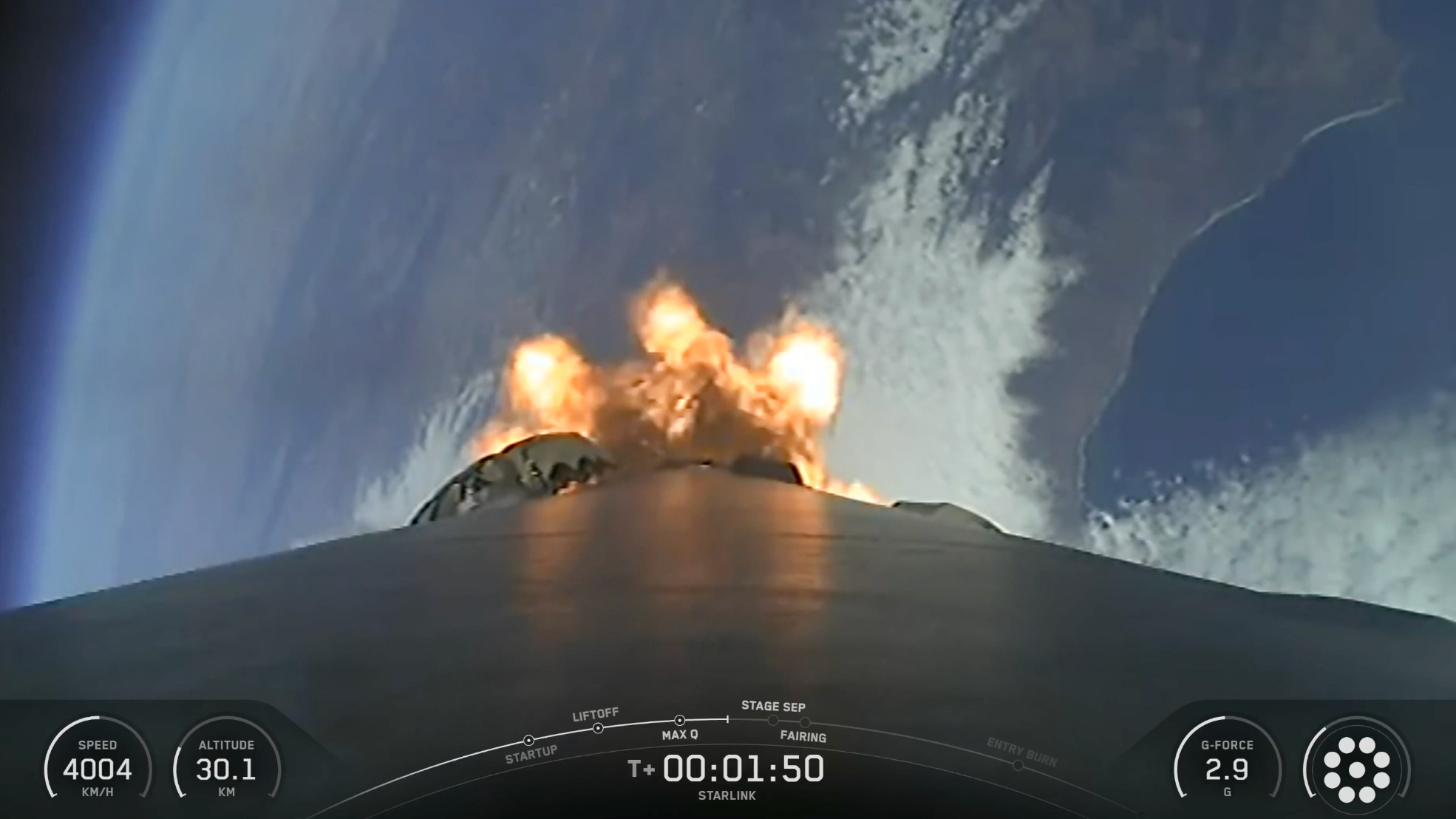
Just three months after one comet made a seemingly death-defying plunge through the sun, another icy wanderer is set to try its own luck in a solar rendezvous.
The newly discovered comet Swan is on a collision course with our star, and it should plummet through the solar atmosphere sometime late today (March 14), researchers say. Swan's dive follows shortly after that of comet Lovejoy, which shocked astronomers by emerging from behind the sun on Dec. 15, 2011, stripped of its tail but otherwise intact.
The odds are against such a happy ending for comet Swan, however.
"I'm as sure as I was with Lovejoy," said Karl Battams, a solar scientist at the U.S. Naval Research Center in Washington, playfully referring to his — and pretty much every other expert's — prediction of Lovejoy's demise.
"I guess my official opinion is that survival is unlikely," Battams, who runs the website Sungrazing Comets, told SPACE.com via email.
Swan was discovered March 8 by comet hunters scouring images taken by the Solar and Heliospheric Observatory (SOHO) spacecraft operated by NASA and the European Space Agency. The comet takes its still-informal name from SOHO's Solar Wind Anisotropies, or SWAN, instrument.
Like Lovejoy, comet Swan is what's known as a Kreutz sungrazer comet. All Kreutz sungrazers— so called because their orbits bring them close to the sun — are believed to be the remains of one giant comet that broke apart several centuries ago. They're named after the 19th century German astronomer Heinrich Kreutz, who first demonstrated that such comets are related.
Breaking space news, the latest updates on rocket launches, skywatching events and more!
While comets dive into the sun on a regular basis, Lovejoy was something special, and not just for its remarkable survival.
First of all, astronomers discovered the icy wanderer in late November, so they had several weeks to prepare for and document its astonishing solar close encounter. Further, Lovejoy was incredibly luminous, the brightest sungrazer ever observed by SOHO. At its peak, it blazed roughly as brightly as the planet Venus.
That's a tough act for Swan to follow, and chances are the comet won't quite measure up when it takes the plunge. But even if we're about to see the last of Swan, the comet should still go out in a blaze of glory, researchers say.
"I think it will be the second brightest Kreutz-group comet seen since the 1970s," Battams wrote on Sungrazing Comets Monday (March 12).
You can follow SPACE.com senior writer Mike Wall on Twitter: @michaeldwall. Follow SPACE.com for the latest in space science and exploration news on Twitter @Spacedotcom and on Facebook.
Join our Space Forums to keep talking space on the latest missions, night sky and more! And if you have a news tip, correction or comment, let us know at: community@space.com.

Michael Wall is a Senior Space Writer with Space.com and joined the team in 2010. He primarily covers exoplanets, spaceflight and military space, but has been known to dabble in the space art beat. His book about the search for alien life, "Out There," was published on Nov. 13, 2018. Before becoming a science writer, Michael worked as a herpetologist and wildlife biologist. He has a Ph.D. in evolutionary biology from the University of Sydney, Australia, a bachelor's degree from the University of Arizona, and a graduate certificate in science writing from the University of California, Santa Cruz. To find out what his latest project is, you can follow Michael on Twitter.
